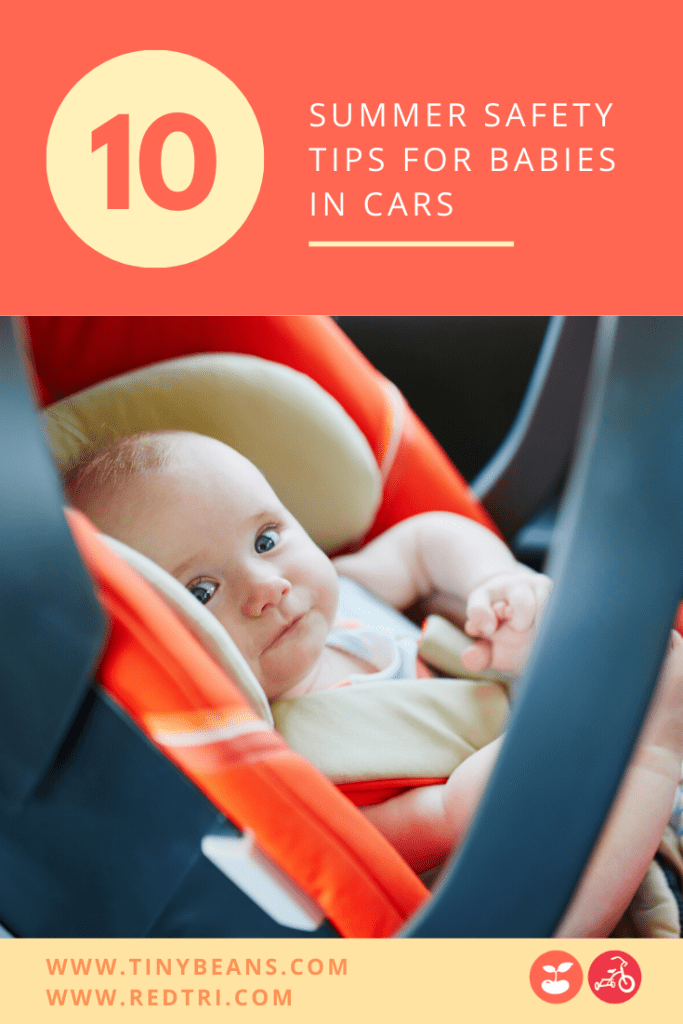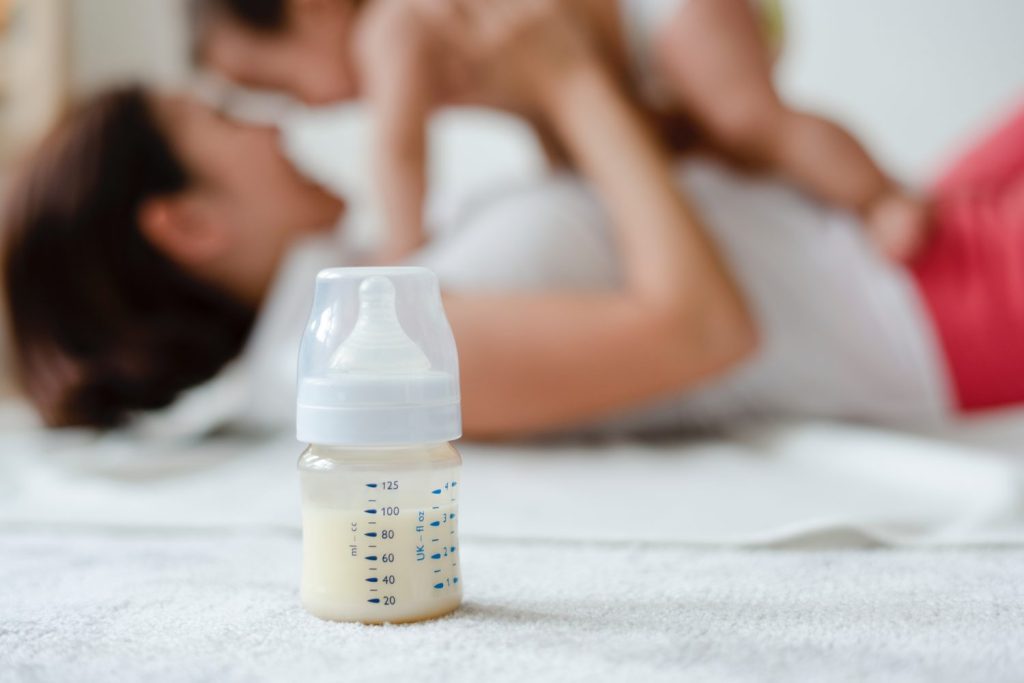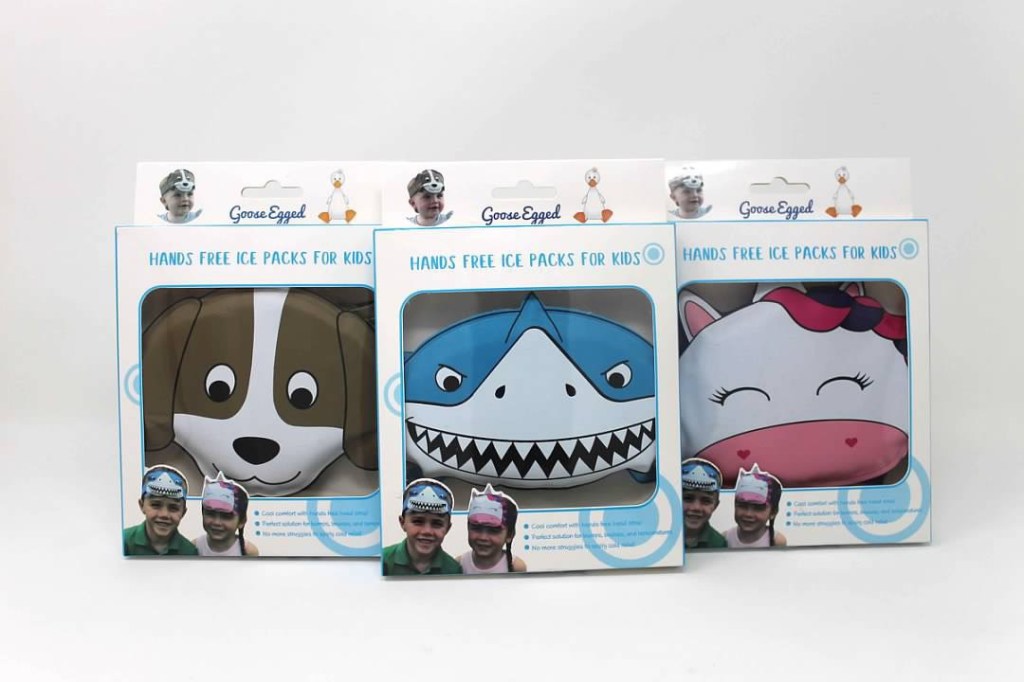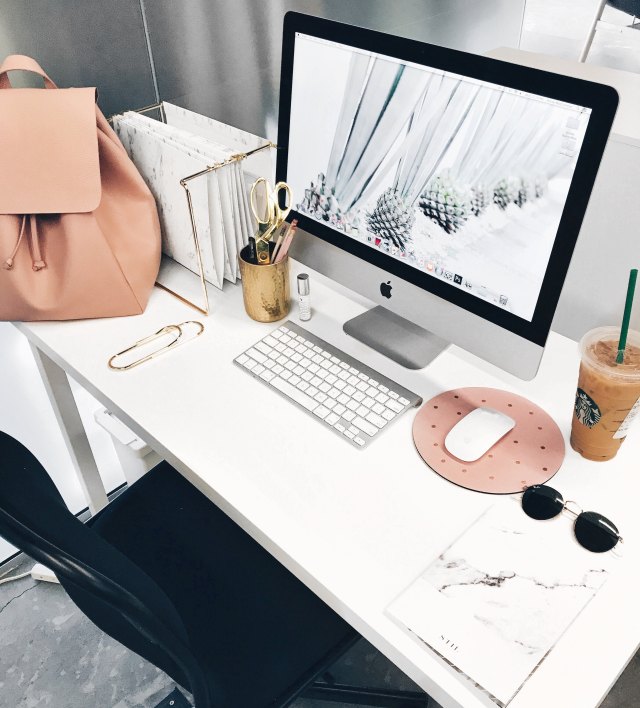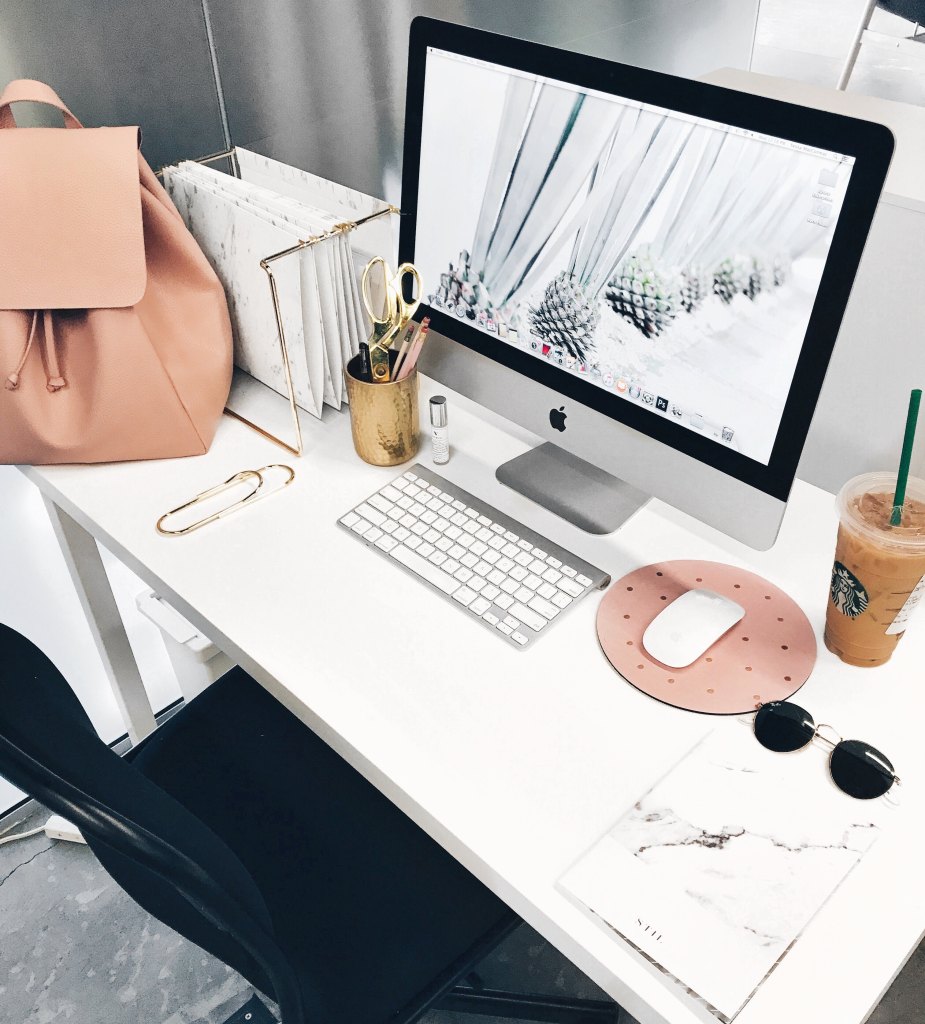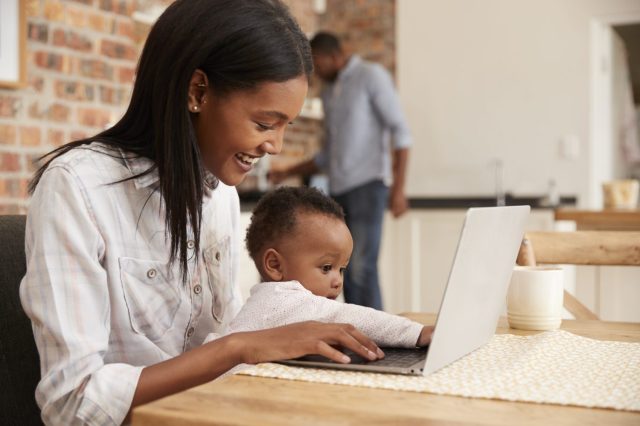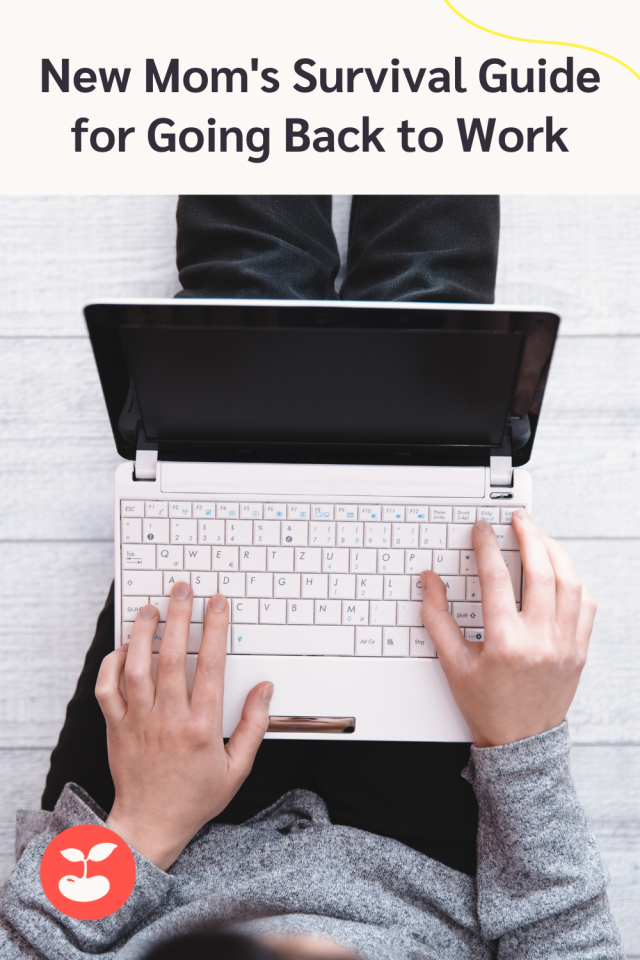If you’re spending time in the car this summer, arm yourself with water, snacks and some very good advice. Read on for our top 10 tips on keeping babies and toddlers safe in the car on warm summer days.

1. Get your car seat inspected.
More than half of all car seats are installed incorrectly, according to the National Highway Traffic Safety Administration. And since people tend to spend more time in the car during the summer, it’s a good time to find the nearest car seat inspection station, usually at a local police or fire department. The experts there will inspect your car seat and show you how to install it properly, usually at no charge.
2. Cool the car down quickly.
A hot car is uncomfortable for everybody, especially kids. If you’re getting into a scorching car, crank up the air conditioning and open the windows first to push out that hot air. After a few minutes, when the car is cooler, get in and roll up the car windows and let the AC keep working its magic. Also, when placing your child in the car seat, watch those metal buckles, which can get blazing hot on warm days. When your car is parked outside, keep the metal parts out of direct sunlight, tucking them into the car seat straps or placing a towel or light blanket on top of the metal when your child is out of the car seat.
3. Inspect your tires.
How are tires like babies? They’re both prone to blowouts, and tires are more likely to have them during the summer months. Blame the combination of hot weather, longer drives and cars packed full of road-trip gear. Regularly check your tire pressure and the condition of your tires to stay safe.
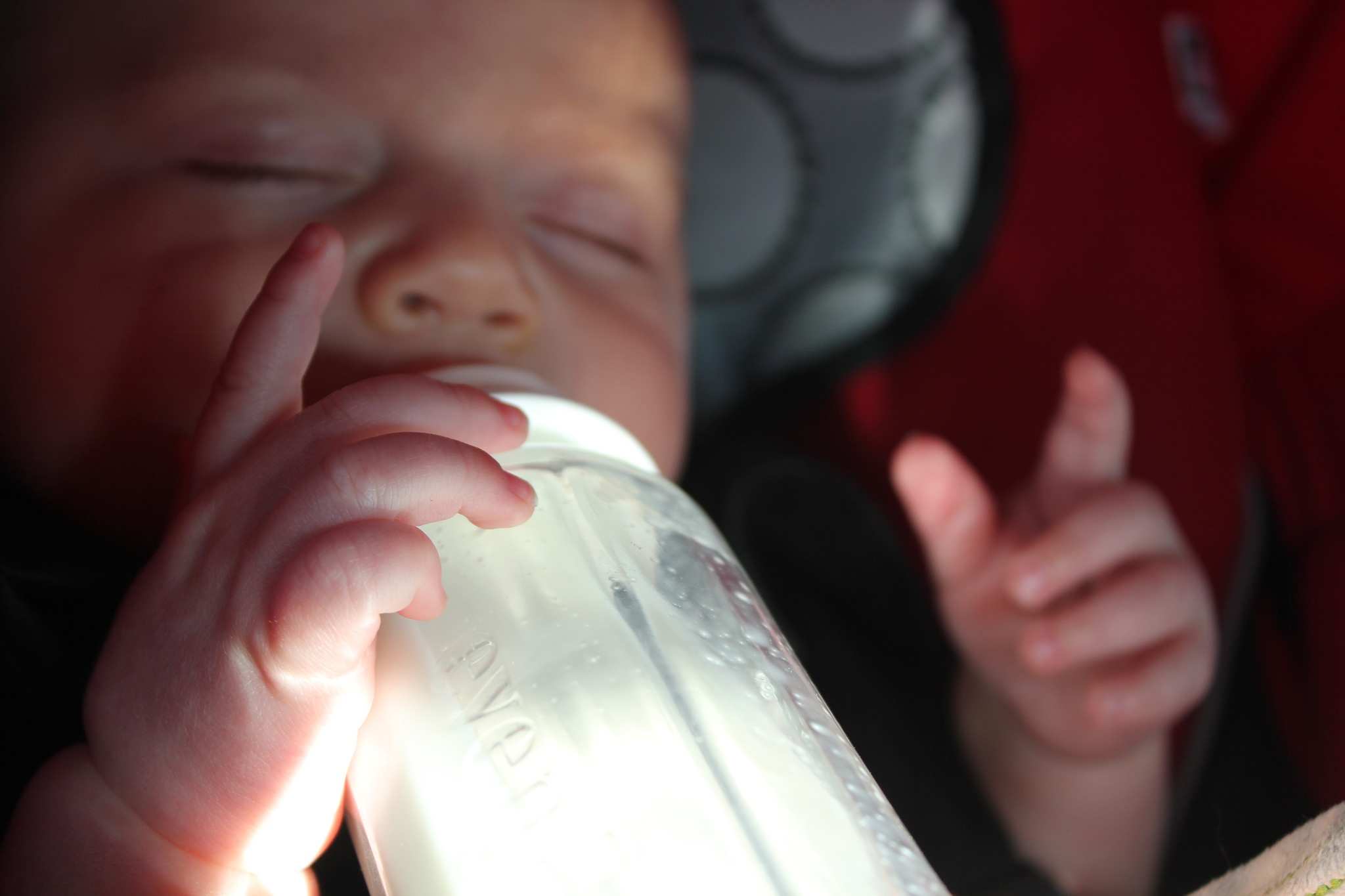
photo: Quinn Dombrowski via Flickr
4. Pack extra liquids.
On hot days, kids need lots of liquids to stay hydrated. Keep bottles of breast milk or formula in coolers with ice packs. And if your baby is drinking water, always pack more than you think you’ll need. Breastfeeding moms need lots of water too!
5. Keep cars locked with car keys out of kids’ reach.
Babies love playing in cars and fiddling with car keys, especially hitting the lock button to hear the beep it makes. To avoid having them lock themselves inside the car when you’re outside of it, or climbing into the car when you’re not there to supervise, always keep cars locked, even in the garage, and store keys out of reach from tiny hands. This is important year-round but especially so on hot days when temperatures inside the car can get dangerously high.
6. Don’t cover the car seat with a blanket.
A blanket may help your child fall asleep in the car seat, but even a thin muslin covering can make the temperature under that blanket way too hot. You also want to be able to see your child while you’re driving, which brings us to our next tip….
7. Install a backseat mirror.
Set up a mirror that allows you to see your child’s face from the driver’s seat when they’re in a rear-facing car seat. That allows you to keep an eye on them to make sure they’re comfortable and not overheating.
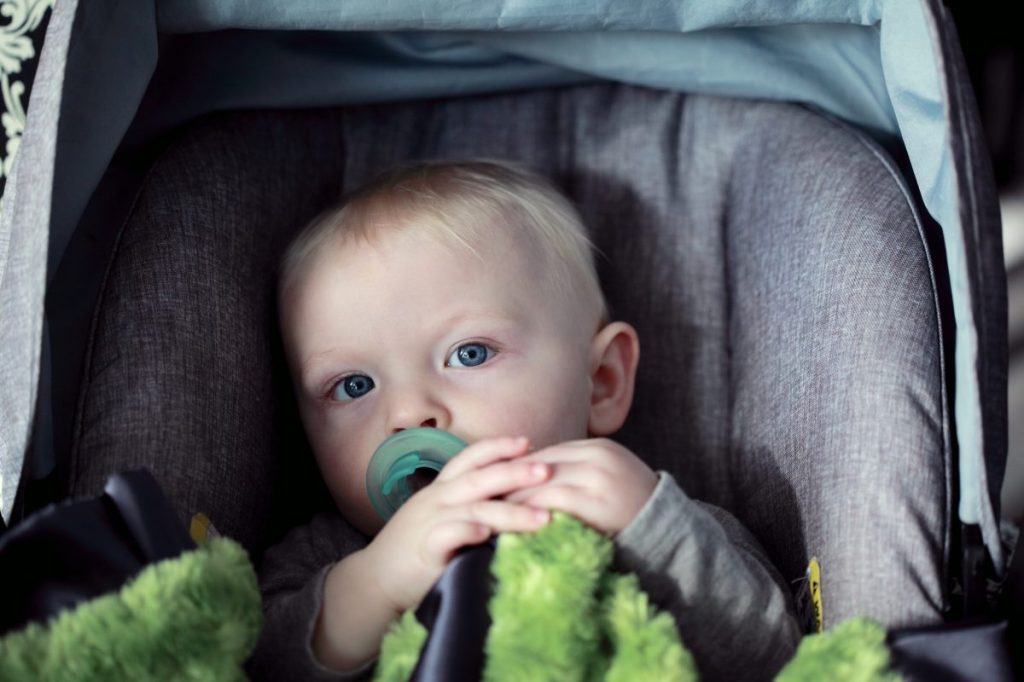
photo: Sharon McCutcheon via Unsplash
8. Adjust your car seat straps.
If you dressed your baby in bulky clothing on cooler days, the car seat straps may be too loose once your child is in light summer outfits. Straps should be tight enough that you can only fit one finger underneath them, and the buckle should sit across the armpit. Adjust the straps each time you place your child in the seat to make sure they fit comfortably.
9. Never leave your child alone in the car. For real.
Even if you only have a quick errand, even if your baby has finally fallen asleep, even if you crack the window open for air flow, you should never leave your child unattended in a car. A child’s body temperature heats up more quickly than an adult’s, and even a few minutes alone in a hot car can be life-threatening.
10. Check the back seat.
Forgetting a child in a car seat is many parents’ worst fear. To avoid it, leave your shoes, wallet or smartphone in the back seat so you have to go back there to retrieve them before you leave the car. Or, let technology help. The CoPilot Carseat Alert System uses a sensor that clips on to your car seat and a key fob to alert you if you walk away from the car without unbuckling your child first. The eClip ($49.95) from Elepho is a small device that attaches to your car seat and syncs up to an app that reminds you to get your child if you move more than 15 feet away from the car. And if you use the Waze app for driving directions, turn on the Child Reminder feature, which instructs you to check for your child as the last step in the directions.
—Eva Ingvarson Cerise
featured photo: iStock
RELATED STORIES:
10 Top Tips for Road Trips with Babies
Be Sun Smart With Baby: 10 Summer Safety Tips to Follow
